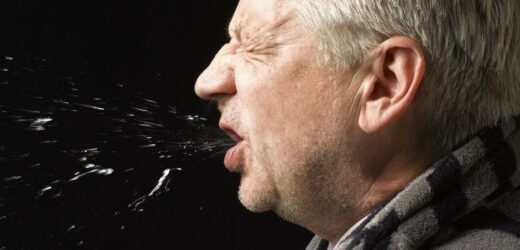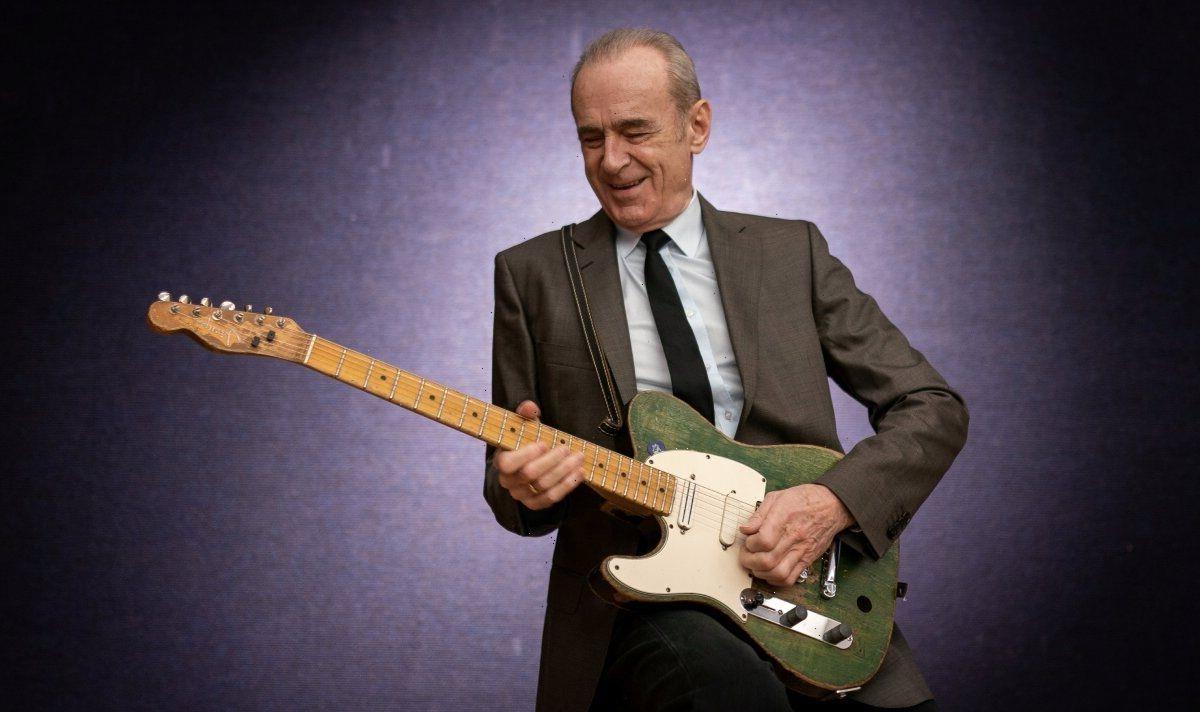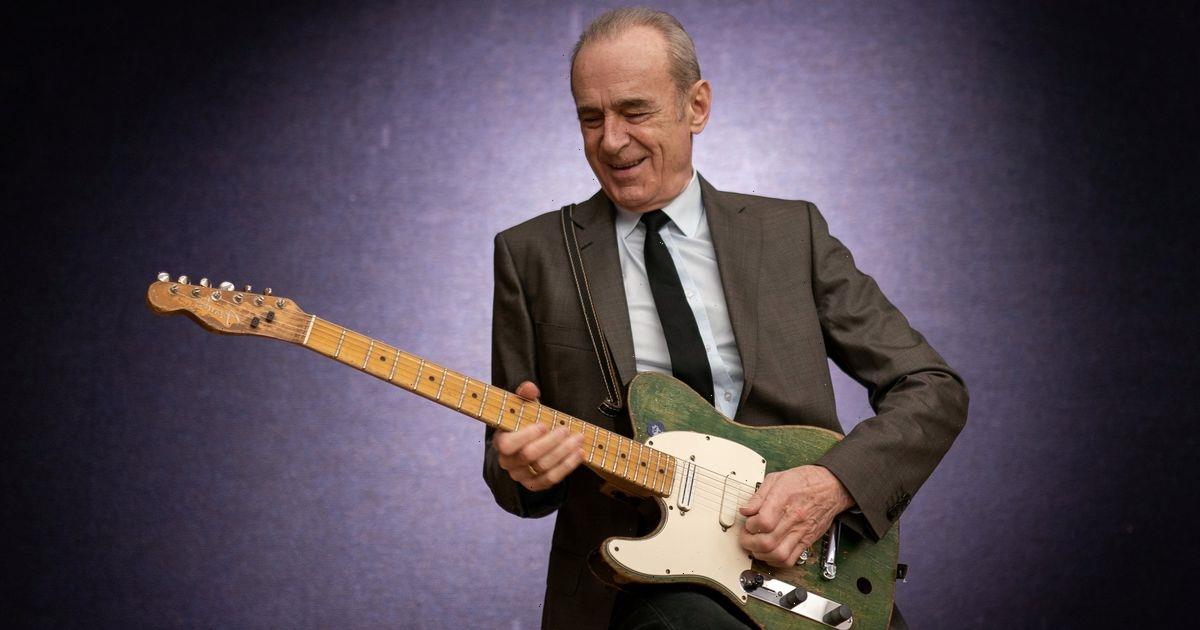Coronavirus: Experts detect virus using nanotechnology bubbles
We use your sign-up to provide content in ways you’ve consented to and to improve our understanding of you. This may include adverts from us and 3rd parties based on our understanding. You can unsubscribe at any time. More info
COVID-19 can be detected in the air thanks to a new system which uses special, micro-sized bubbles that burst on exposure to the virus, releasing a signal-generating salt. The team say that their detector system could be placed on walls, ceilings or even within air ducts — anywhere with constant air flow — to sound the alarm when even a trace level of coronavirus particles are detected. The same approach could potentially be used to detect traces of other materials of interest, from explosives to environmental pollutants and even illicit drugs.
The study was conducted by materials scientist Dr Lance Hubbard and analytical chemist Dr Samuel Morrison of the Pacific Northwest National Laboratory in Washington State and their colleagues.
The concept actually began with a very different end goal in mind. Dr Morrison, a former US Marine, had been working to develop a new way for soldiers to rapidly detect the presence of explosives in a combat situation. He pivoted his focus when the COVID-19 pandemic hit.
As Dr Hubbard explained, it quickly became clear that there was and is still “a need for this kind of low-cost detection system.”
He added: “Perhaps it could be implemented in schools, or in hospitals or emergency rooms before patients have been fully assessed — anywhere you need to know immediately that the virus is present.”


At the heart of the new detection system is a special kind of molecular structure known as a micelle — a colloidal particle made up of molecules that have both water-loving and water-repelling parts.
Colloidal is the name given to particles that are substantially larger than atoms or regular molecules, but yet still too small to be seen by the naked eye. They typically range in size from 0.000001 to 0.01 millimetres across.
Micelles tend to contain an inner space that can be filled with either air or another substance, and as such are often staples of soaps and detergents — bubbles, for example, are a form of micelle.
However, their interiors can also be used to deliver anti-cancer drugs within the human body.


In their work, Dr Hubbard and his colleagues created a new kind of micelle, one whose surface is stamped with copies of an imprinted receptor for SARS-CoV-2, the virus which causes COVID-19.
When one of the viruses interacts with the receptor, it causes the micelle to burst open like a piñata, spilling its contents.
The researchers filled each micelle with a salt that, when the colloid bursts open, is capable of creating an electronic signal.
In this way, the micelles act like a signal magnifier — translating the presence of even one viral particle into a billion molecules that together produce a detectable fingerprint.
DON’T MISS:
Warning as new hybrid virus threatens to evade immunity [ANALYSIS]
Major cable cut in France just hours after Shetland incident [REPORT]
British Gas and E.on customers sent urgent warning over energy bills [INSIGHT]


Creating the special Covid-detecting micelle was a challenging feat of chemical engineering, the researchers said, requiring a whopping 279 individual steps.
Each micelle is bilayered — essentially one micelle inside another — with a total width of around five microns, or about a fourteenth of the thickness of a human hair.
Dr Hubbard said: “Combining micelles with a technology to imprint or stamp them is not something many people have done before.
“Imprinting a molecule with our molecule of interest inserts a vulnerability into the micelle — which is what we want in this case.”
The team explained that their system is capable of detecting a single COVID-19 virion from billions of other particles in the air.
In fact, the research continued, in tests using both inactivated SARS-CoV-2 particles and the virus’s cell-attacking spike protein, it proved extremely difficult to determine the lower limit of the micelle system’s sensitivity.
They explained that while their tech is capable of detecting the presence of coronavirus particles in the air within a millisecond, they have designed the system to take an additional minute to run quality-control assessments on the signal to prevent potential false-alarms.
Dr Hubbard and his colleagues said that micelle-based detection systems might also find application in the sensing of both environmental toxins and fentanyl, an extremely strong synthetic opioid that is also illegally used as a recreational drug.
The full findings of the study were published in the journal MRS Communications.
Source: Read Full Article


